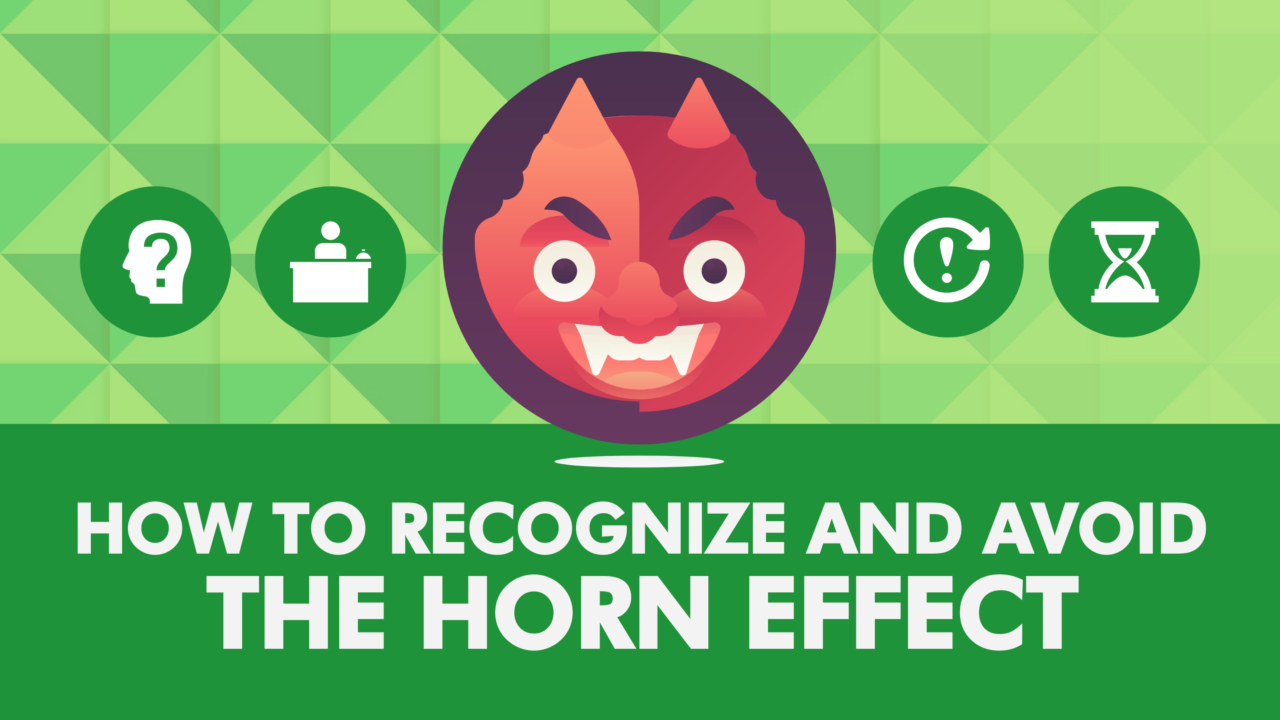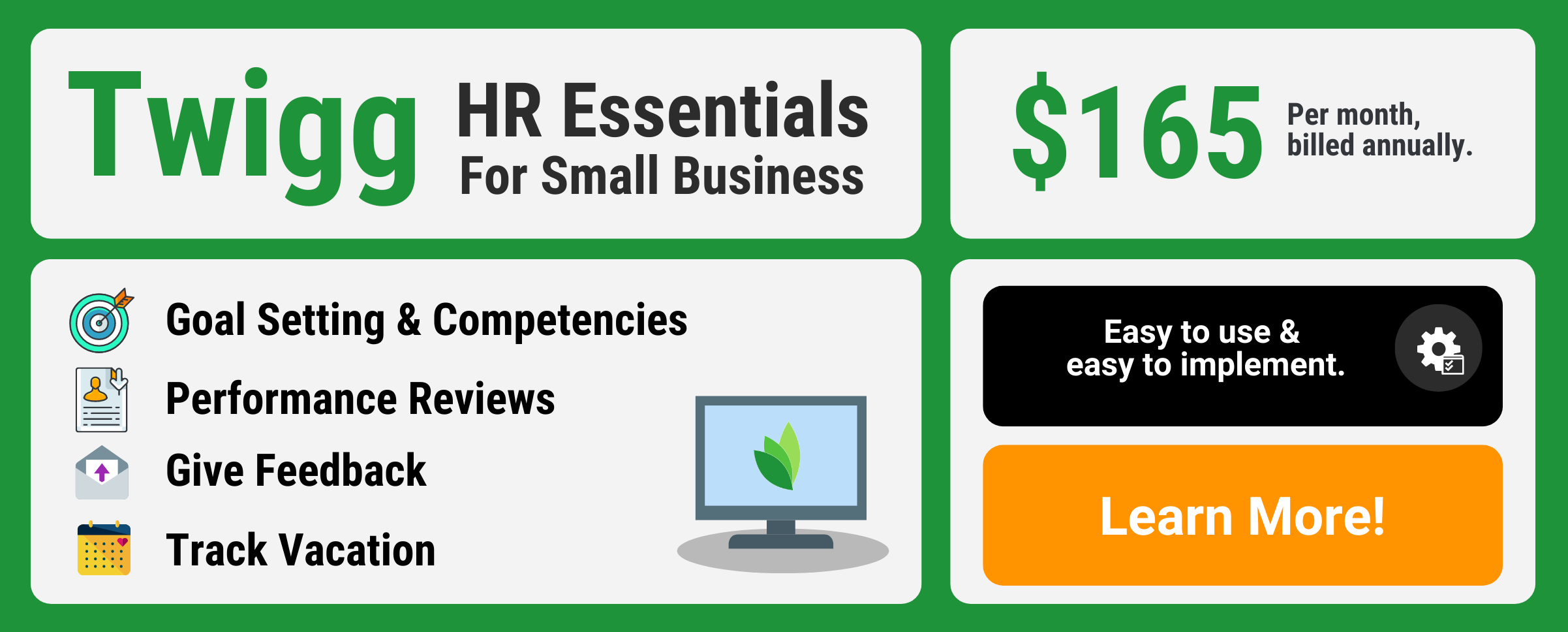
How to Recognize and Avoid the Horn Effect
At one point or another, everyone has been told that first impressions are important. That being said, an initial negative impression doesn’t necessarily mean that everything the person does moving forward should be viewed through that lens. Unfortunately, more often than not, that’s exactly what can happen, because of something called the horn effect.
What is the Horn Effect?
First discovered in 1920 by psychologist Edward L. Thorndike, the horn effect is a cognitive bias that can influence how someone is viewed. Essentially, he discovered that the first impression of someone dictates how their future actions are seen – basically, the horn effect is making assumptions about someone based on very little information, or judging someone and attributing qualities to them based on one known trait. A very common example of this would be the bias that if someone is overweight, it automatically means they’re also lazy.
The flip side of the horn effect is called the halo effect – it is a very similar cognitive bias, with the main difference being that the horn effect attributes negative qualities to someone, whereas the halo effect attributes positive qualities. Both can influence a bias, however.
Thorndike’s research centered around asking high-ranking officers to evaluate their soldiers on several different qualities. The results consistently showed that soldiers ranked highly in the first few categories scored high in the others as well, and soldiers who ranked poorly in the first few categories scored low in the others.
Both of these biases are unfortunate results, as they skew the perception of someone. If the first trait that comes to one’s attention is negative, there will inherently be a tendency to overlook other, more positive traits, and vice versa. These biases are also very hard to reverse once a positive or negative trait has been attributed to someone.
The horn effect, as well as the halo effect, can be present in many situations, but two of the more impactful times are when interviewing a potential employee, and when conducting performance reviews.
The impact of the horn effect when interviewing
The horn effect can play an important role when hiring. If not identified, it can lead to assumptions about the potential candidate based purely on the first impression, or something minor or even insignificant they did.
If decisions are then made based on these assumptions, the interviewer may get a bad impression of the candidate, and likely overlook other positive aspects – only to hire the wrong person in their place.
So how should an interviewer avoid the horn effect when looking at potential candidates?
Avoiding the horn effect when hiring
- Recognizing the bias exists: knowing the horn effect and halo effect both exist is a good start to avoiding them. Try to set emotional reactions to irrelevant things aside, and focus on their professional behavior.
- Interview structure: structure the interview so the interviewer doesn’t overly influenced with first impressions. Make sure each step of the interview focuses on the job, and objectively analyze the candidate at each step.
- Interview design: Working in tandem with the structure, design questions to analyze the candidates’ ability to do the job and fit in with the office culture. The STAR method is very popular as part of Behavior-Based Interviewing practices. Ask the candidate to describe: a Situation that they were involved in a project, what Tasks they were responsible for, the Actions they took and the Results that were yielded.
As mentioned above, the horn effect is prevalent in both hiring processes as well as when conducting reviews. Here is how it affects reviews:
The impact of the horn effect when conducting reviews
Performance reviews are an important part of employee growth, and as such, should be conducted regularly. However, they are also an area in which the horn effect – and also the halo effect – can regularly appear and make an impact.
The horn effect can cause a reviewer to give their ratings based on one perceived negative attribute, which could unfairly skew the overall results to be much more negative than they should be. On the other side, the halo effect could result in better-than-deserved ratings, which not only can elevate a mediocre employee to a higher status, but can also hurt them, as they won’t be getting constructive feedback needed to actually improve themselves.
Avoiding the horn effect when conducting a review
Documentation
- Take notes on the employee throughout the year
- Make sure to have a record of both positive and negative aspects of performance with specific examples to cite
- Without notes, reviewers can tend to base evaluations on recent events, or – sometimes worse – their specific memory of recent events
More regular touch-point meetings
- More regular (weekly) meetings to stay connected and offer real-time feedback and coaching
- Gives managers more chances to look at aspects of performance, and notice trends
- Gives employee more chance to work on correcting their behaviors
Analyze reviews
- Keep an eye out for reviews that may be skewed by the horn effect or the halo effect
- Check for little variation in feedback
- Look for a consistent reference to a few examples of performance
Final thoughts
The horn effect (and also the halo effect) is common in many situations, but with proper steps, it can be circumvented. Many managers tend to think they’re being fair when appraising a potential employee or conducting a review, but can be unaware of their cognitive bias. Acknowledging that the horn effect exists is the first step to avoiding it, and ensuring everyone is viewed within a fair and equitable practice.






